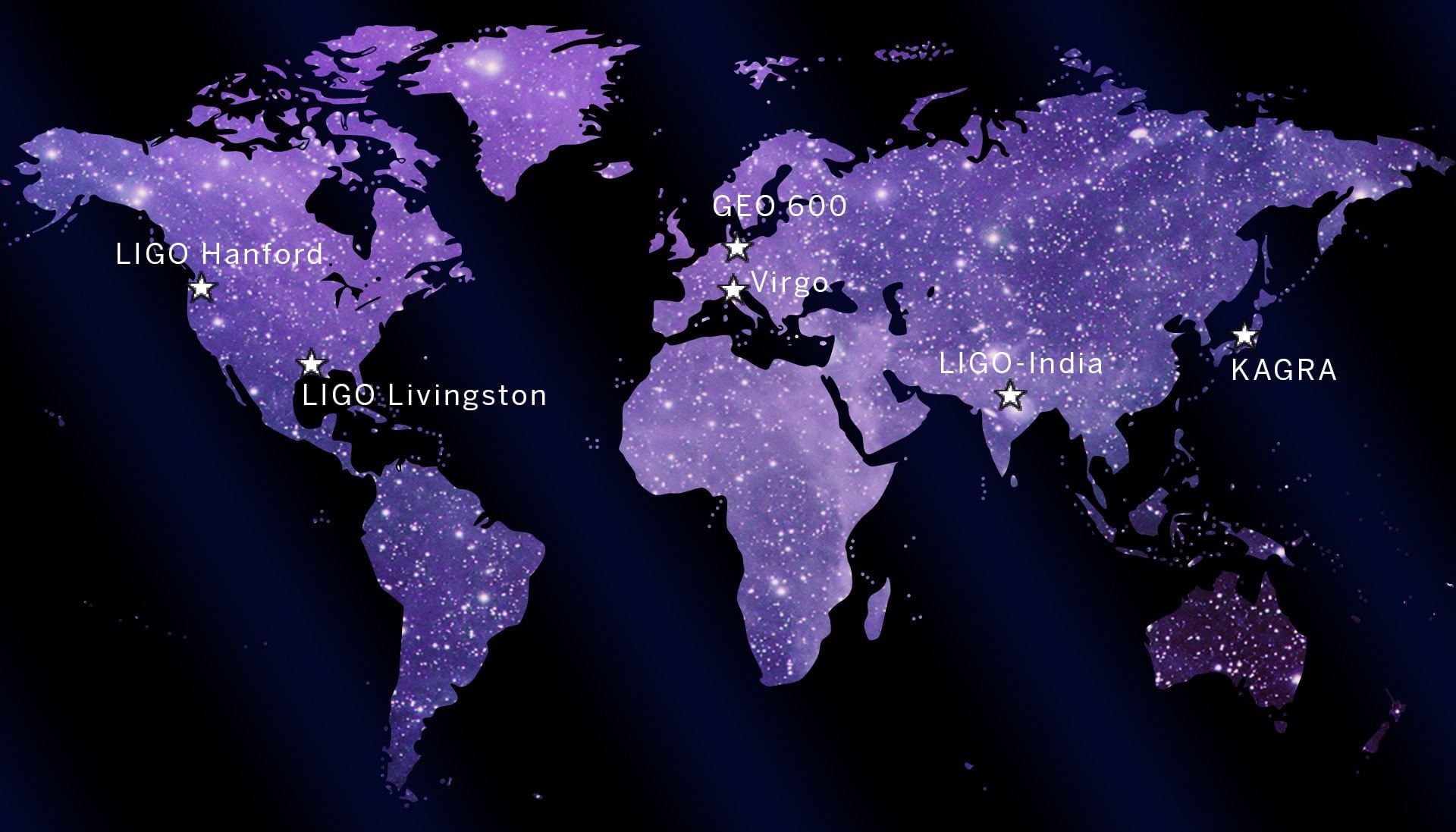![[A large fireball is being hurtled toward the earth as two small dinosaurs look on, possibly in fear.]](https://blogs.iu.edu/sciu/files/2023/02/dinosaur-ge5014d187_1920.jpg)
If you ask almost any kid today how the dinosaurs died, they’ll tell you an asteroid killed them, but this didn’t used to be the leading theory. When you look at key papers about the asteroid impact the kids are referring to, you’ll learn that it defined the transition from the Cretaceous to the Paleogene (K-Pg) boundary ~66 million years ago. Before the discovery of the asteroid, there wasn’t a single agreed upon theory on what caused the 5th global mass extinction…
Tag: STEM
Increasing inclusivity one element at a time
![[Prof. Mona Minkara at the completed accessible, tactile 3D-printed Periodic Table in the exhibition hall at the National ACS meeting in San Diego, CA.]](https://blogs.iu.edu/sciu/files/2023/03/touching-perioidc-table.gif)
Achieving full inclusion for people with disabilities in science, technology, engineering, arts, and mathematics – STEAM – has become a global matter. People with disabilities in STEAM are underrepresented in postsecondary academic environments and the job market…
Wakanda Forever: The chemistry of Vibranium
![[T'Challa from the Black Panther Movie.]](https://blogs.iu.edu/sciu/files/2023/01/27325915549_f10981ee05_c.jpg)
Proceed with caution as there are some movie spoilers here for those who haven’t already seen the Wakanda Forever: Black Panther movie. If you have seen the movie or even read the Marvel comics, then you should be familiar with the powerful element, Vibranium. Vibranium is an element that possesses astonishing chemical and physical properties…
Rain-on-snow: I’m melting!
![[Two “road closed” signs because a major flood blocks a street in the outskirts of a big city.]](https://blogs.iu.edu/sciu/files/2021/03/1200px-Riverfront_Ave_Calgary_Flood_2013-Ryan-L.C.-Quan.jpg)
In mid-February 2021, Bloomington, Indiana was hit by a winter snowstorm that dropped several inches of white, fluffy snow around town. Schools and businesses closed. However, as other people were wondering “How will I get my car out of the driveway?”, I caught myself wondering “Will it rain soon?” What? Why? Rain-on-snow melt events have been receiving a lot of attention in scientific articles I have been reading. Aptly named, these events occur when a warm rain falls on an existing snowpack…
Work-life balance
![[An inquisitive dog and cat get in the way of a computer screen on a work desk.]](https://blogs.iu.edu/sciu/files/2021/03/IMG_1512-e1615424458888.jpg)
I am writing about work-life balance, the subjective idea of basically having a life outside of our job or schoolwork. Experts say that a healthy work life balance is when we are able to fulfil our responsibilities to our jobs, families, and other parts of life that are important to us. It has been the buzz on social media lately. Why? It seems at times there is almost an expectation to constantly be working, known as “hustle culture.” This can be fed by many things including changes in job demand, a fast-paced work environment, and the inability to escape work because of that darn internet. People early in their careers have not been satisfied with this and are pushing to discuss better balance…
My journey in graduate school
![[Image showing graduate student's journey as full of adventure, obstacles, test, enemies and rewards.]](https://blogs.iu.edu/sciu/files/2021/03/gradstudent_Journey.png)
Ask any graduate student, and they will tell you that graduate school is not a place for the faint-hearted. Just like any jaw-opening, thrill-seeking action movie, there are mysterious, shady characters wanting to put you down, as well as a kindhearted stranger that makes the journey bearable. As I reflect about my journey as a cancer biologist, I feel that my story here at Indiana University Bloomington (IUB) can be described in a few words: confidence, structure, purpose, and knowledge. Let me tell you what I mean…
Science without a Degree: What is Citizen Science and How to Get Involved

![[repeating illustrations of a laptop showing a bar graph, a microscope, and a magnifying glass.]](https://blogs.iu.edu/sciu/files/2020/03/citizen-science-image.png)
Louis Pasteur once said, “Science knows no country, because knowledge belongs to humanity, and is the torch which illuminates the world.” The act of doing science should not, and cannot, be confined to people in lab coats with multiple degrees squinting at computer screens and scribbling on whiteboards. Exploring the natural world around us should be something everyone can take part in, and that’s what citizen science is…
Science as a bridge to barriers in diversity and inclusion

This post is from ScIU’s archives. It was originally published by Alex Moussa-Tooks in February 2019 and has been lightly edited to reflect current events. A look inside the work of Dr. Mary Murphy in celebration of Black History Month Picture this: you’re a Black student on a large college campus. This is your first year…. Read more »
Why Are There No Sunspots?

It’s easy to think of the sun as a simple bright sphere in the sky, constant and unchanging; but, that is far from reality. The sun is dynamic, with many solar flares, cells of convection, and even storms. One of the easiest changes to see are sunspots, which are located on the surface of the… Read more »
Global collaboration in science

Looking back into the archives of scientific papers published in the past few decades, the majority have one, or at most four, authors. Most projects were conducted by a single individual (or a man and multiple uncredited women, but that’s a whole different topic than what I’d like to discuss here): one person started with… Read more »